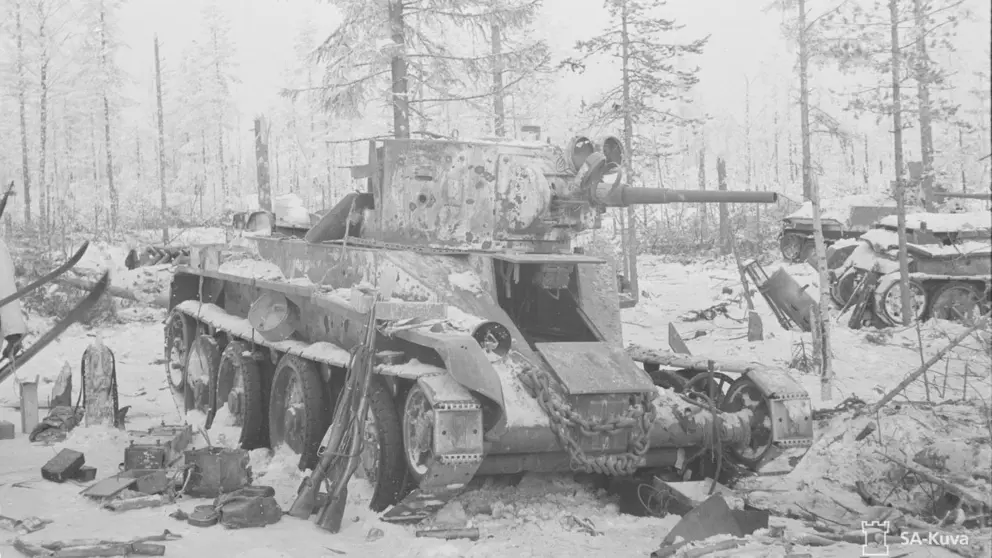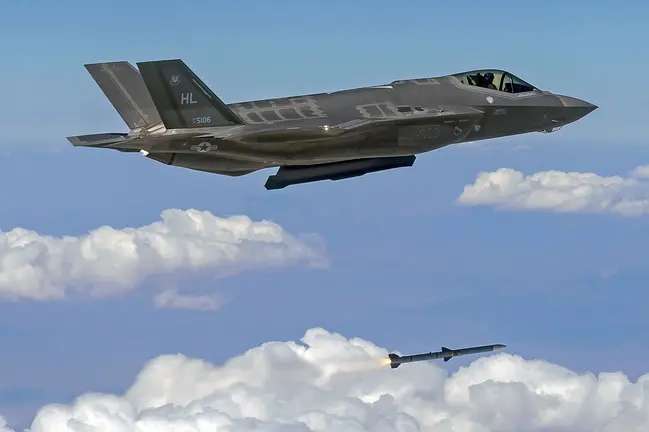In late November 2013, Ukrainians gathered to stage anti-government protests in several cities, including the capital, Kiev.
They were enraged with the then pro-Moscow president Viktor Yanukovych’s decision to cancel a deal with the European Union in favour of stronger ties with Russia.
Within weeks, the protests intensified as hundreds of thousands of civilians took to the streets. As clashes and violence ensued in 2014, the Ukrainians were repeatedly searching for a recipe on Google.
It was not the recipe for a mouth-watering food. It was Molotov cocktail.
How to make Molotov cocktails became the most searched-for recipe on Google in 2014 in the east European country, as Google’s end-of-year statistics later revealed.
Ukrainians were scouring the internet for as many instructions as they could get to make this incendiary weapon. Protests that broke out had been fiery as demonstrators threw Molotov cocktails several times during the unrest.
The bombs set fire to police buildings and armoured vehicles. At one point, bombs triggered a massive fire in a building full of pro-Russian activists, which left dozens dead.
In recent history, Ukraine is not the only place where Molotov cocktails were used. During the 2014 Ferguson unrest in the US, protesters threw such bombs at the police. Four years before that, in 2010, demonstrations in Athens also saw Greek protesters use this weapon that had become an icon of the 20th century civil resistance.
Originated in the Spanish Civil War
Molotov cocktail is widely believed to have originated during the 1936-39 Spanish Civil War. It was used as an anti-tank weapon when fascist General Francisco Franco’s soldiers tried to conquer Madrid, which was in the hands of the legitimate elected Government of the Republic.
The original design was a mixture of tar, ethanol and gasoline in a beer bottle that created a sticky and flammable substance. An oil-soaked rag or a wind-proof match is inserted in the bottle’s mouth to act like a candlewick.
When the bottle is thrown after the outer end of the rag is set on fire, the force of impact shatters the glass and ignites the flammable material inside.
The primary aim of using Molotov cocktails is to terrorise and set the target on fire rather than destroying it. They remain a popular choice of rioters, urban revolutionaries and irregular military members because they are simple, cheap and easy to make.
How this bomb got its name, however, dates back to what happened in Finnish forests in 1939 during the Winter War with the Soviet Union.
An example of Finnish wartime wit
At the onset of the war, Soviet warplanes massively bombed Helsinki, resulting in large-scale damage and heavy casualties. The attack on unarmed Finns was widely condemned.
When Soviet minister of foreign affairs Vyacheslav Molotov was questioned about the airstrike, he said Soviet bombing reports were a complete hoax by the Finnish government.
He claimed on Russian radio that the Soviet planes were only dropping food and other humanitarian supplies, and that the Red Army was trying to liberate the Finns.
The Finns used humour to respond to Molotov’s ridiculous assertion and named Soviet bombs 'Molotov’s bread baskets'. They thought if the bombs (bread baskets) were food items distributed by the Soviets, then it was necessary to add what was missing in the package – the drink.
So, they improvised Molotov cocktail (the drink), and decided to use it against Molotov’s Red Army soldiers in return for the bread baskets.
Soon they began mass-producing Molotov cocktails in the Rajamäki factory of Alko, the state retailer of alcoholic beverage. It almost became one of the most strategic targets in Finland and could be thought of as the anti-tank weaponry research and development centre at that time. The lack of anti-tank weapons was one of the biggest weaknesses of the Finnish army.
Around half a million bottles were produced at the factory and were supplied to Finnish troops with bundles of wooden matches.
The hand-held bombs brought impressive results in the battlefield. They were key in halting Soviet tank advances towards Helsinki. They also reportedly destroyed hundreds of armoured vehicles.
The bombs did give Finns a big boost to their morale.
 Photo: SA-Kuva/Finnish Wartime Photograph Archive.
Photo: SA-Kuva/Finnish Wartime Photograph Archive.
What Molotov cocktails did to Soviet tanks
Molotov cocktails performed great as anti-tank weapons because the Finns focused on how to neutralise the Soviet tanks instead of how to completely destroy them. This subtle difference in thoughts made a big difference in the battlefield.
Instead of attacking the tank, the Finns wanted to target the crew inside it. Tanks needed to have a ventilation system so that the crew could breathe. Finnish soldiers threw Molotov cocktails in a way so that the explosion would hit the crew through the ventilation system.
It was difficult for the crew to avoid the flames and the heat in the crammed space. Thus, they were compelled to come out. This way, the tank was not destroyed but was stopped for a while.
That short period, however, was enough for highly mobile Finnish soldiers to deal with the crew. Once the crew came out of the tank’s protective chamber, they were as vulnerable to attacks as their infantry peers.
Molotov cocktail has been called the 'poor man’s grenade'. Revolutionist Che Guevara called it “an arm of extraordinary value”. But it is the black humour of the Finns that gave this bomb the name by which it is referred to in modern times.
*NOTE: This article is the fourth of an 8-part series on the Winter War to be published from 30 November (the day the conflict started) til 13 March (when it ended). Next: 'How a Finnish farmer became the world’s deadliest sniper' coming out on 10 January.












